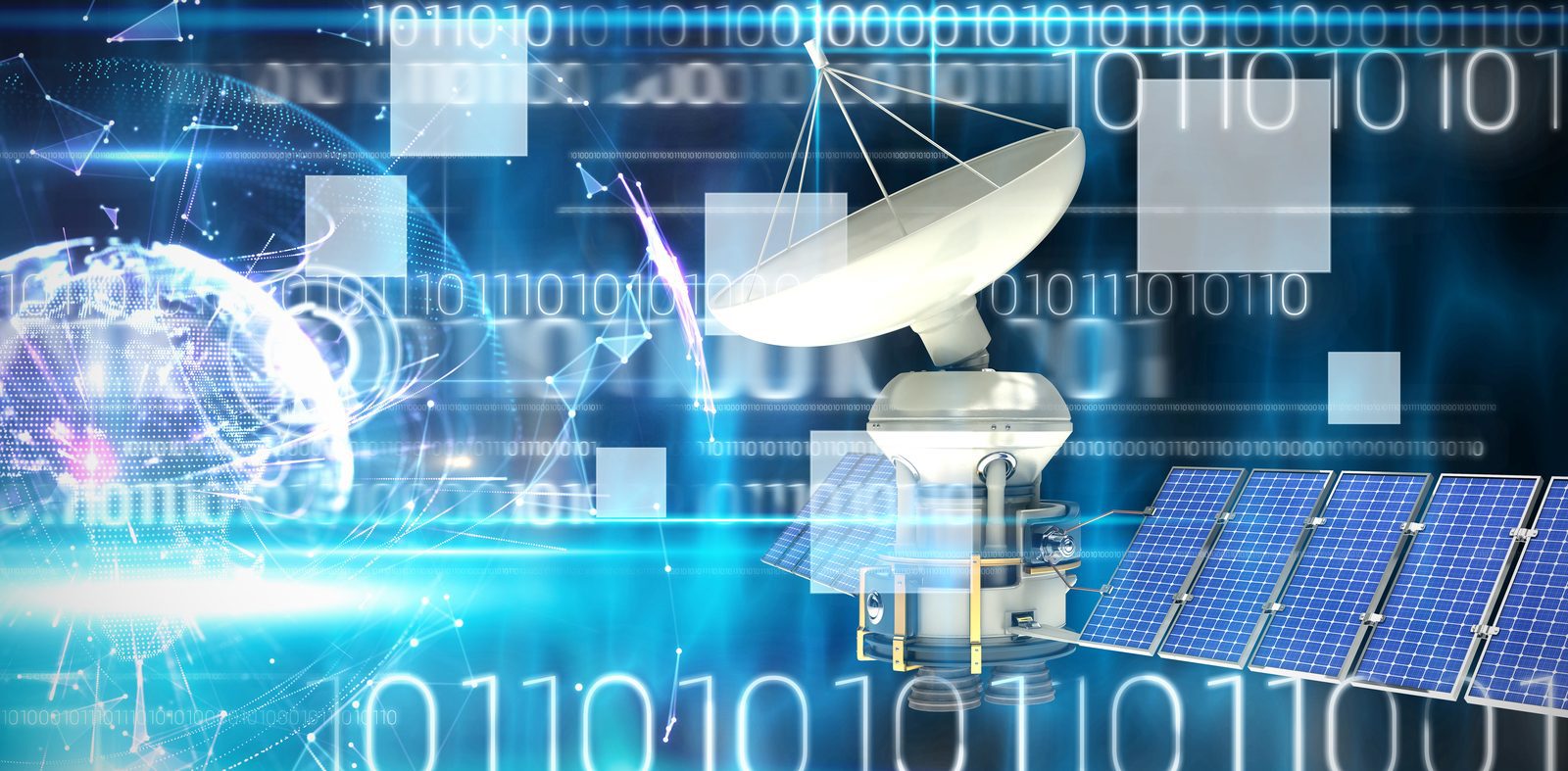What is GNSS?

Global Navigation Satellite Systems (GNSS) are satellite-based systems that provide precise positioning and timing information to users on Earth. These systems use signals from satellites orbiting the Earth to determine the location and time of a receiver on the ground.
There are currently four major GNSS systems in operation: the United States’ GPS, Russia’s GLONASS, Europe’s Galileo, and China’s BeiDou. Each system consists of a constellation of satellites orbiting the Earth at different altitudes and inclinations. The satellites transmit signals that can be picked up by GNSS receivers on the ground, which use these signals to calculate the receiver’s location and time.
GNSS systems have numerous applications, including navigation, mapping, surveying, and time synchronization. They are used in a wide range of industries, from transportation and aviation to agriculture and construction. GNSS systems have also become essential for many everyday activities, such as using a smartphone for navigation or checking the time on a wristwatch.
One of the key advantages of GNSS systems is their accuracy. Modern GNSS receivers can achieve positioning accuracy of less than one meter, making them ideal for applications where precision is critical. GNSS systems are also highly reliable, as they use multiple satellites to provide redundant signals. This means that even if one satellite fails or is obstructed, the receiver can still calculate its location using signals from other satellites.
Despite their many benefits, these systems are not without limitations. One of the main challenges is that the signals from satellites can be disrupted or jammed by various factors, such as interference from other signals or physical obstacles like buildings or trees. They are also vulnerable to cyber threats, as the signals they use can be hacked and manipulated.
Overall, GNSS systems have revolutionised the way we navigate, measure, and synchronise activities on Earth. As these systems continue to evolve and improve, they will play an increasingly important role in our daily lives and the global economy.
